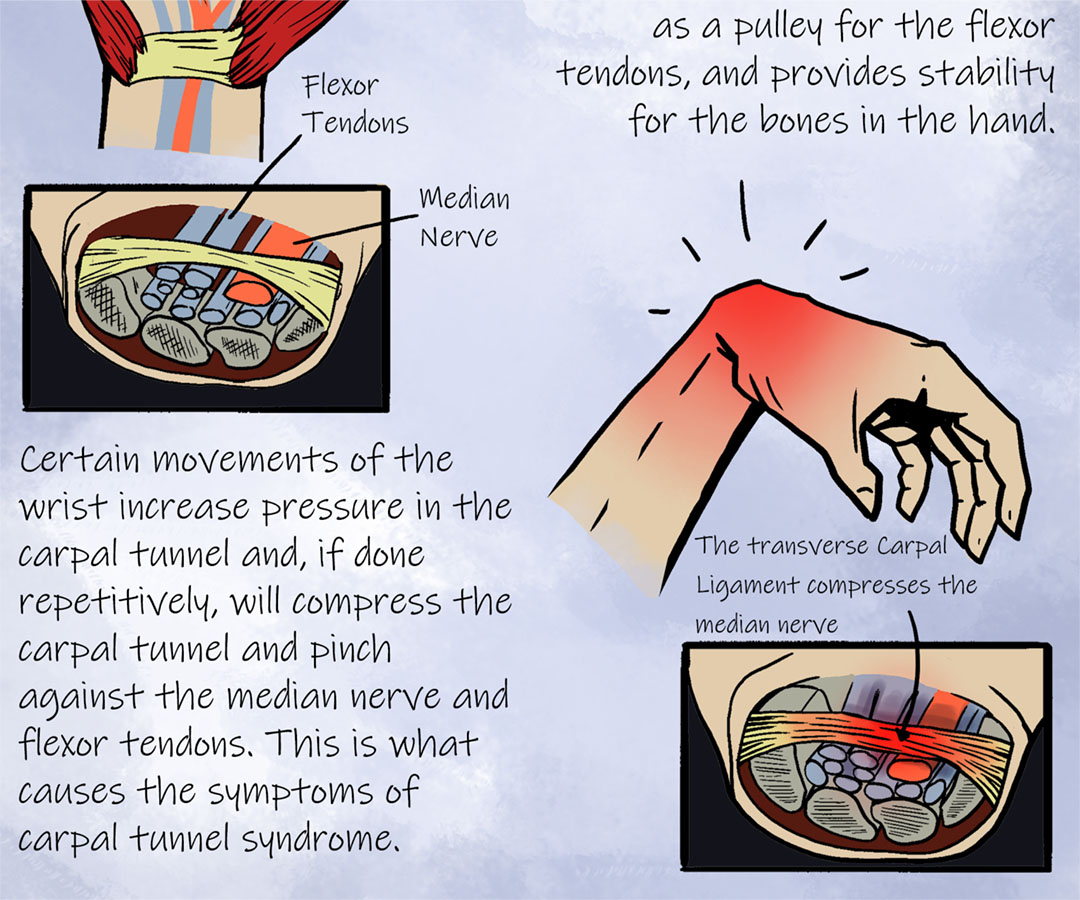Teaching Tips
Teaching Tips are our articles on the practice of learning and teaching. Interested in receiving these articles in our Teaching Newsletter?
-
Good Course Design Is the Best Defense Against Cheating

While the prevalence of academic misconduct is debatable and uncertain, its existence is not. Courses can be designed proactively to reduce cheating, plagiarism and other forms of academic misconduct. This teaching tip was motivated by a reading of James Lang’s Cheating Lessons, and offers highlights from that book as well as advice from relevant peer-reviewed…
-
Top Ten Easy Course Adjustments That Have a Large Impact

Ever wondered if your course material organization needs improvement? You’re not alone! We are pleased to present this selection of best practices for maximizing your students’ success in navigating course materials on Canvas and staying on track throughout the semester. These tips were selected based on some of the top concerns that students seek assistance…
-
Learner-Generated Drawing Holds Potential for both Learning and Assessment

In learner-generated drawing activities, students employ multiple cognitive and muscular skeletal processes to produce illustrations based on verbal, text or other information. When properly supported as a learning activity, students tend to retain information longer and more accurately, than traditional methods. Learner produced illustrations also provide rich opportunities for assessment and dialog. This teaching tip…
-
Teaching through a Presidential Election

As the 2024 election approaches, many instructors and students are experiencing higher rates of stress, anxiety, and trauma symptoms. Stressful political events have the ability to impact student learning and create tension in the classroom community. This Teaching Tip offers practical strategies for teaching through the election season, including proactive planning and ideas for moments…

Best Practices
-
Top Ten Easy Course Adjustments That Have a Large Impact
Ever wondered if your course material organization needs improvement? You’re not alone! We are pleased to present this selection of best practices for maximizing your students’ success in navigating course materials on Canvas and staying on track throughout the semester. These tips were selected based on some of the top concerns that students seek assistance…
-
Faculty Perspectives: Open Educational Resources
Open Education Resources (OER) are freely accessible teaching and learning materials that are openly licensed, allowing faculty to legally and freely share, use, and modify educational content for their courses. At UAF, courses tagged as No or Low Cost (NoLo) in the schedule do not require textbooks or materials in excess of $40. Learn more…
-
Public Domain, Copyright, and Fair Use Practices for Effective Teaching
Anyone can use works that are in the public domain, and you as an educator can also use copyrighted works under the principles of fair use for educational purposes. This teaching tip provides details on copyright law and resources to help you apply fair use in your teaching.
-
Student Advice for Designing Your Best Course Yet
After four semesters of engaging UAF students and faculty in the LEAP program, several insightful bits of advice on course design are presented from the student point of view.
-
Consider Online Teaching Tools to Promote Efficiency and Student Success
This teaching tip explores some details to consider when deciding which digital tools to use in your online class such as learning objectives, time, and opportunity. Knowledge is power in answering the question, “Good for us, or bad for us?”
Emerging Ideas
-
Transformative Learning in Your Class
In the summer of 2012 the University of Alaska Board of Regents approved revisions to Policy 01.01.030 — University of Alaska Fairbanks Mission Statement and University of Alaska Fairbanks Core Themes. Contained therein was this vision statement: “Excellence through transformative experiences.” How can we aspire to such a lofty goal? What is the intersection with…
-
From Campus to Career: Adapting Higher Education to Modern Hiring Trends
In recent years, hiring practices have undergone significant transformations, accelerated by the impact of COVID-19. In response, higher education institutions are re-evaluating their roles in preparing students for the evolving job market. Microcredentials have emerged as a valuable tool to bridge the gap between academic learning and practical job skills. These credentials provide a verifiable…
-
Q&A on AI Text Detection
Are there any tools that can reliably detect if writing was created with artificial intelligence? No. No, There are no tools which can reliably detect AI-generated writing. This teaching tip covers the current state of automatic AI detection and where it falls short of being reliable, and illustrates why this trend will continue. More importantly,…
-
Mitigate AI problems with alternate assessments to the essay
Generative AI is disrupting normal practices in education, including one of the most often used forms of assessment, the essay. Approaches offered here include using other forms of assessment or embracing AI by modeling good behavior for your students. This tip builds on other ideas published in July.
-
Use ChatGPT to Generate Question Banks in Canvas
Generating question pools that can be used for effective assessment or practice can be laborious. This teaching tip demonstrates a sequence of steps you can follow that will allow you to direct ChatGPT to create a large number of questions. These questions can then be placed in your Canvas course.
-
Adapting the Essay to Maintain Authenticity in the Era of AI
Large Language Model Artificial Intelligence technology like ChatGPT is disrupting traditional methods of assessment, especially as it relates to grading via the essay. This teaching tip offers possible solutions, including the incorporation of a revision cycle with reflection.

Pedagogy
-
Good Course Design Is the Best Defense Against Cheating
While the prevalence of academic misconduct is debatable and uncertain, its existence is not. Courses can be designed proactively to reduce cheating, plagiarism and other forms of academic misconduct. This teaching tip was motivated by a reading of James Lang’s Cheating Lessons, and offers highlights from that book as well as advice from relevant peer-reviewed…
-
Learner-Generated Drawing Holds Potential for both Learning and Assessment
In learner-generated drawing activities, students employ multiple cognitive and muscular skeletal processes to produce illustrations based on verbal, text or other information. When properly supported as a learning activity, students tend to retain information longer and more accurately, than traditional methods. Learner produced illustrations also provide rich opportunities for assessment and dialog. This teaching tip…
-
Learning in Context: How Place-Based Learning Fosters Deeper Connections
What if the key to deeper, more meaningful learning lies right in front of us—in the places we live, work, and play? In Learning in Context: How Place-Based Learning Fosters Deeper Connections explores how connecting students to their local environments and communities can transform the learning experience. Drawing on both research and my own teaching…
-
Slow Pedagogy
Slowing down the teaching and learning process can be a challenging endeavor amongst the business of modern academic life. Slow pedagogy is a teaching movement that offers a lens and practices for reducing the pace and pressure of education. Slow pedagogy suggests that taking one’s time can offer opportunities for deeper learning and connections.
-
Refresh your course in three simple steps
Course revisions can be daunting, particularly this year, but a quick course refresh is achievable in three simple steps: start at the beginning, support failure, and remember — less is more!
-
Trauma-informed practices for finals
For some of us, the COVID-19 pandemic is one of the deepest experiences of trauma we’ve had. Trauma can be defined as “any experience in which a person’s internal resources are not adequate to cope with external stressors” (Hoch et al., 2015). Between the pandemic, a contentious national election, and the various stressors we each…
Tools & How-Tos
-
Good Course Design Is the Best Defense Against Cheating
While the prevalence of academic misconduct is debatable and uncertain, its existence is not. Courses can be designed proactively to reduce cheating, plagiarism and other forms of academic misconduct. This teaching tip was motivated by a reading of James Lang’s Cheating Lessons, and offers highlights from that book as well as advice from relevant peer-reviewed…
-
Top Ten Easy Course Adjustments That Have a Large Impact
Ever wondered if your course material organization needs improvement? You’re not alone! We are pleased to present this selection of best practices for maximizing your students’ success in navigating course materials on Canvas and staying on track throughout the semester. These tips were selected based on some of the top concerns that students seek assistance…
-
WeVideo PowerTips: Version History
There are two ways to keep track of versions in Wevideo, depending on how you look at it and your project needs. “This is the way” – The First way. When we edit, we make changes along the way which can produce versions or drafts along the way. Sometimes we need to look back at…
-
WeVideo Power Tips: Snapping-to
Turning the snap-to feature on. The snap-to feature is used to allow the user to automatically join clips to other clips so there are no gaps or accidental overlaps with any of the clips you are working with on the timeline. You’ll want this feature to be “ON“. It helps to give you assurance that…
-
WeVideo Power Tips: Adding Comments as Markers and for Snapping
Placing a comment marker and adding comments. Typing “C” will place a comment or marker on the timeline. You can also click on the “Add a comment” icon in the toolbar over the timeline. It looks like three horizontal dots inside a speech bubble. These comment markers can be used to snap the play head…
-
MILL Makerspace November Challenge
What Are You Thankful For? Now is a great time of year to pause and reflect on what brings joy and gratitude into our lives. Whether it’s the people who support us, hobbies that bring us happiness, or moments that have shaped us, acknowledging what we’re thankful for helps us focus on the positive things…

Inclusive Practice
-
Proactive Measures to Help Students with Post-COVID Mental Health Issues
Four years after the COVID-19 pandemic began, there has been a massive increase in students requesting disability accommodations. Explore the data behind this trend, and learn what the UAF Disability Services office recommends to make your class more accessible.
-
Faculty Perspectives: Open Educational Resources
Open Education Resources (OER) are freely accessible teaching and learning materials that are openly licensed, allowing faculty to legally and freely share, use, and modify educational content for their courses. At UAF, courses tagged as No or Low Cost (NoLo) in the schedule do not require textbooks or materials in excess of $40. Learn more…
-
Student Advice for Designing Your Best Course Yet
After four semesters of engaging UAF students and faculty in the LEAP program, several insightful bits of advice on course design are presented from the student point of view.
-
Ways to support your SSS students in/out of the classroom
Student Support Services (SSS), is a federally funded program for first-gen, low-income, and disabled students, which aims to increase academic achievement. Online and in-person students may face financial difficulties, need accommodations, and struggle with self-advocacy in the college environment.
-
Supporting Students with Mental Health Challenges
Campuses across the nation are seeing a rise in the frequency and intensity of mental health challenges among college students. This trend is apparent at UAF and many staff and faculty members are left wondering how to best support students experiencing mental health challenges. This teaching tip will describe how the UAF Student Health and…
-
Supporting online learners: academics and beyond
Online learners often face additional challenges to their education than those that are able to attend in-person. Student Support Services has been able to adapt their services in order to reach those students and provide academic resources and community building.
